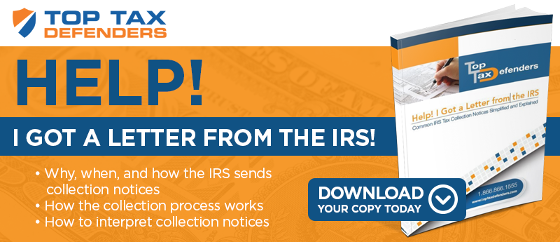
People who work as employees typically do not have to worry about withholding and paying taxes on a quarterly basis. Their employers take out taxes and send the money to the IRS for them.
However, people who are not employees or individuals who gain income through other means may have to pay taxes to the IRS on a quarterly basis. If you fall in this category of taxpayers, you can prepare for and meet the upcoming September estimated tax payment deadline by keeping this important information in mind.
Who Must Make Estimated Tax Payments
The IRS expects estimated quarterly tax payments from people who are not employees as well as people who expect to owe more than $1000 in taxes when they file their returns. Sole proprietors, S corporation shareholders, and partners are among those required to make these estimated tax payments each quarter.
However, the IRS also may expect payment from people who gain income from:
- interest
- dividends
- alimony
- self-employment
- capital gains
- prizes and awards
- adjusted gross income
- taxes
- deductions
- credits
It also indicates by which day in September your payment must be made.
How to Make Your September Estimated Tax Payment
After you figure out how much you will owe to the IRS by the September due date, you can then determine how you would like to make that payment. The IRS accepts several methods of payment designed to make satisfying this obligation easy and fast.
For example, if you made an overpayment on your 2016 tax return, the IRS allows you to apply that excess amount to your 2017 estimated tax total. Likewise, you mail in your payment along with the voucher that you can find and print off with the Form 1040-ES.
The same form can be used to discover the details for making payments online or over the phone. If you do not want to mail in your payment and have no overpayment to apply to the amount, you might prefer to make an online or over-the-phone payment to the IRS. The Form 1040-ES provides those instructions on the third page.
Finally, you can use the payment information that you supplied on your 2016 tax return to set up automatic bank withdrawals for your estimated quarterly tax payments. You can begin those withdrawals in September and continue them for as long as the IRS requires them of you. You can stop the withdrawals once you no longer qualify for making quarterly estimated tax payments.
It is vital that you make your payment by the outlined September due date. If you fail to make a payment or pay late, you could incur a fine that will be added to what you already owe.
Even with this information, you may find it difficult to figure out how and when to make your quarterly tax payment. You can get help by referring to the IRS Form 1040-ES as well as Publication 505: Tax Withholding and Estimated Tax. You also can get assistance determining if or when you must pay quarterly taxes in September by relying on the advice of a tax professional.
The September due date for making quarterly estimated tax payments is fast approaching. You can meet it on time by learning how and when to make payments on your non-employee income.




